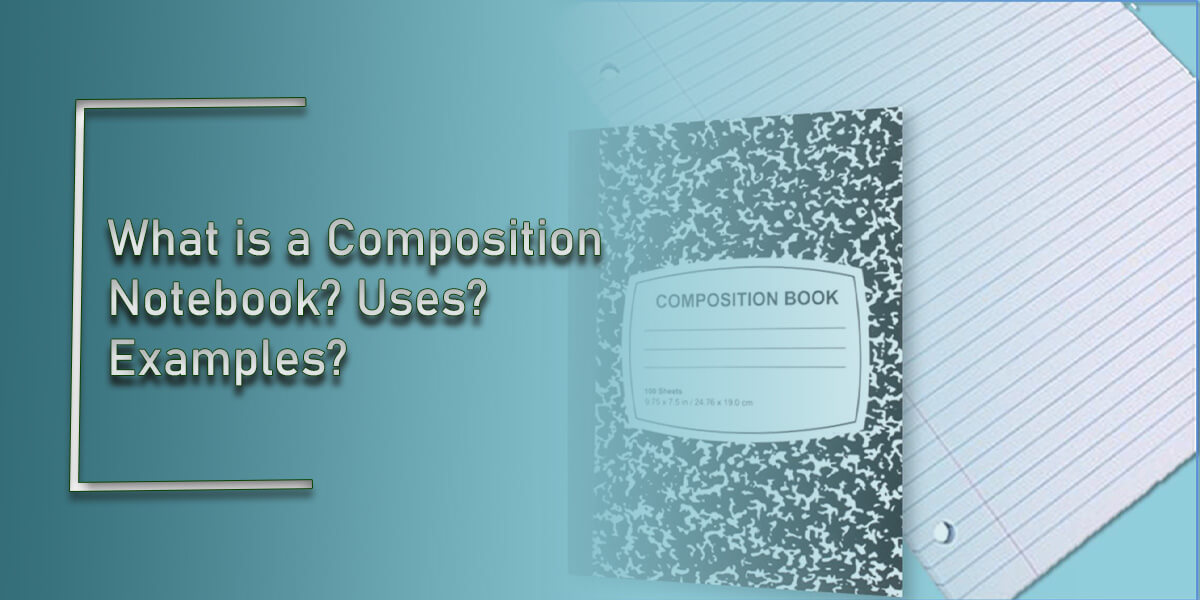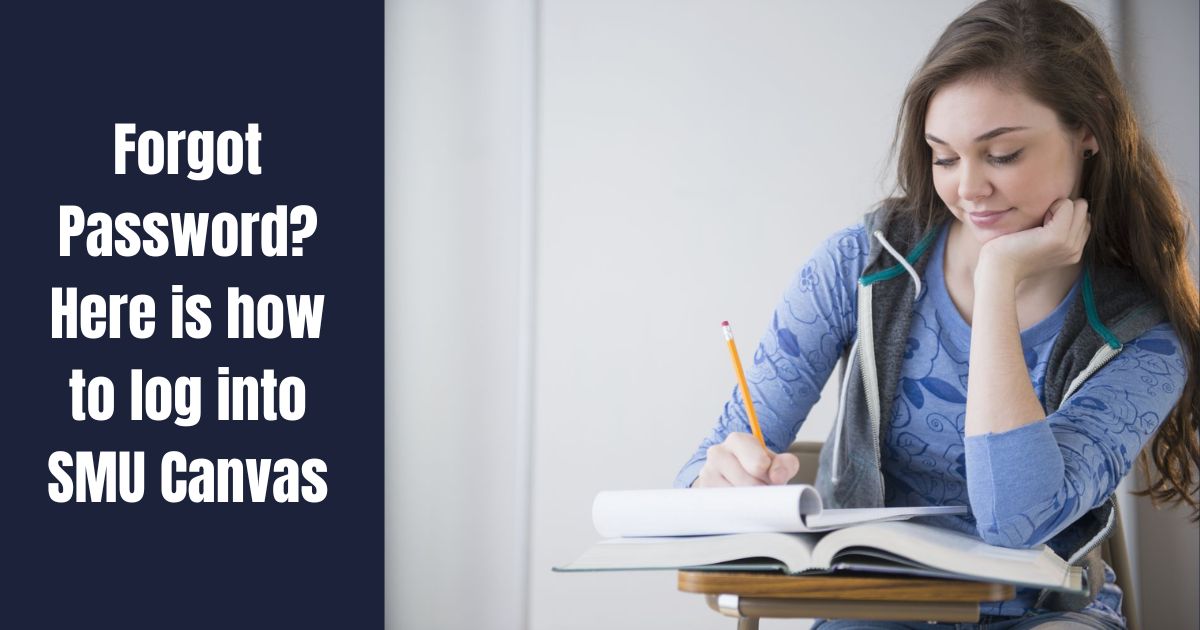When it comes to writing assignments and practising different subject exercises, students need specific notebooks. They want a notebook that is easy to handle and easy to fold. Most of the notebooks get torn whenever you fold them, and they get dismantled very quickly. So, it would be best if you had a writing tool that is easy to fold and does not get torn afterwards.
Composition notebook is specifically designed for students and teachers who tend to write a lot. They do not have to be worried about their notebook being destroyed because it is composted with solid material. No matter what you are writing, everything can be written in a well-organized way. You can get it in different themes also.
In this article, we are going to give you an insight into the versatility of a widely used writing notebook. You will get to the history of it. We will tell you all the tips, tricks, and benefits of using this type of writing tool. You will get to know every possible feature of the composition book; read this article till the end to learn more.
What is a Composition Notebook?
Simply put, a composition notebook is a bound paper notebook featuring ruled or graph pages. Their stapled spines allow the book to lay flat when open – a significant advantage over spiral notebooks. It originated in the late 19th century as an affordable student writing tool. Now available worldwide, their durable black and white marbled covers have become iconic. Composition notebooks come in varied subject themes, page counts and ruled styles to suit any need. Their affordability and functionality make them enduring classroom favourites.
Uses in the Classroom
As the name implies, composition notebooks are ideal for writing assignments across genres. Students can draft essays, stories, poems and more in these portable workspaces. Beyond composition, their versatility supports myriad academic uses: recording notes and examples neatly in math, science, foreign language, and other classes. Stay organized with dedicated notebooks for each subject. It also promote creativity – and encourage drawing, journaling and project planning. Educators can use them to document lessons, provide feedback and more. Their simple design optimizes any learning scenario.

Benefits for Students
Composition notebooks confer many academic advantages:
- Portability for in-class and at-home use
- Durable covers protect pages from damage
- Perforated pages allow easy removal and submission of assignments
- Dated pages help track progress over time
- Varied ruled styles suit note-taking and creative expression
- Affordability means every student can participate fully
- Organization via subject-specific notebooks streamlines studying
- Permanent format avoids issues of digital distraction or device malfunction
When leveraged effectively, composition notebooks set students up for success inside and beyond the classroom.
Benefits for Educators
Composition notebooks also benefit teachers:
- Provide a consistent format for collecting/grading written work
- Subject-specific notebooks organize lesson plans and resources
- Durable covers withstand wear from daily use
- Perforated pages allow easy distribution of handouts
- Record anecdotal notes to track student progress over time
- Document lessons, observations and materials for future reference
- Low cost means supplying class sets will not break the budget
- The familiar format requires no explanation, getting right to the learning
Educators can streamline workflows and deepen engagement with students by incorporating composition notebooks.
Read More: Assessment Methods in International Education Systems
Examples of Uses
To spark ideas, here are specific ways composition notebooks enhance learning in various subjects:
Math – Show step-by-step work, examples, formulas, and word problems
Science – Record lab observations, diagrams, data tables, vocabulary
History – Take notes on eras, chronologies, primary source analysis
English – Draft essays, stories, poems, reading responses, book notes
Foreign Language – Note vocabulary, verb conjugations, cultural facts
Art – Sketch designs, doodle, plan projects, document techniques
Music – Notate rhythms, letters, lyrics, practice charts, listening guides
Coding – Document programs, scripts, debugging processes, projects
And more! Their versatility truly supports all disciplines.
Customization Ideas
To make composition notebooks their own, encourage creative customization:
- Design colourful covers using markers, washi tape or contact paper
- Add name labels, dates or doodles on covers
- Insert printed dividers to separate subject sections
- Include inspirational quotes, photos or drawings on the title pages
- Highlight or annotate notes using coloured pencils or markers
- Attach assignment rubrics, flashcards or notes as removable inserts
- Laminate pages for wet mediums like watercolour or markers
Customization encourages ownership and fun while still leveraging the functionality of composition notebooks.
Tips and Best Practices

Maximize the benefits of composition notebooks with these tips:
- Date each entry for easy chronological reference
- Use a table of contents to locate pages
- Leave margins for annotations or additional notes
- Reserve front/back covers for title pages, contact info
- Keep notebooks flat when writing to avoid creasing pages
- Store notebooks safely in binders or backpacks for protection
- Reference old notes when studying for continuity
- Recycle or donate used notebooks for others to benefit from
Following best practices ensures composition notebooks support learning to their fullest capabilities.
Subject-Specific Notebooks
Organization is critical to academic success. Consider dedicating individual composition notebooks to core subjects like Math, Science, History and English. Use subject-specific dividers to separate units or chapters. Keep all notes, examples, assignments and materials consolidated in one easy-to-access place. This prevents flipping between loose papers. It also streamlines studying by allowing quick review of all related materials together. Subject-specific notebooks promote focus and continuity across lessons.
Journaling for Wellness
Composition notebooks double as versatile journals. Dedicate one to freely recording thoughts, feelings and experiences outside of academics. Journaling supports mental health by providing an outlet for stress relief. It can also help track progress towards goals. Consider creative prompts to spark entries like listing things one is grateful for. Decorating journal covers promotes ownership. With practice, journaling through life’s ups and downs in a composition notebook builds self-awareness and coping skills.
Project Planning
Bring big ideas to life by storyboarding them in a composition notebook first. Dedicate pages to sketching designs, drafting outlines, listing materials and charting tasks. Use different coloured pens or highlighters to denote elements and provide a visual guide. Attach relevant research, photos or notes for reference. Project planning prevents overwhelm by breaking tasks into manageable steps. It also encourages creativity through experimentation without pressure. Composition notebooks provide an ideal low-stakes workspace to incubate projects from conception to completion.
Alternatives of Composition Notebook
Some alternatives for composition notebooks are as follows.
- Spiral Notebooks
- Bound Notebooks
- Pocket Notebooks.
- Bullet Journals
Conclusion
In conclusion, this guide has highlighted the enduring value of composition notebooks in any educational setting. Their versatility truly supports all subjects from the elementary to college levels. By effectively leveraging composition notebooks, educators and students can optimize learning experiences. Their simple yet powerful design has stood the test of time – enjoy all the possibilities these notebooks provide!




